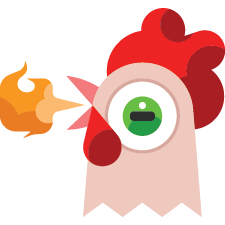Instale o Steam
iniciar sessão
|
idioma
简体中文 (Chinês simplificado)
繁體中文 (Chinês tradicional)
日本語 (Japonês)
한국어 (Coreano)
ไทย (Tailandês)
Български (Búlgaro)
Čeština (Tcheco)
Dansk (Dinamarquês)
Deutsch (Alemão)
English (Inglês)
Español-España (Espanhol — Espanha)
Español-Latinoamérica (Espanhol — América Latina)
Ελληνικά (Grego)
Français (Francês)
Italiano (Italiano)
Bahasa Indonesia (Indonésio)
Magyar (Húngaro)
Nederlands (Holandês)
Norsk (Norueguês)
Polski (Polonês)
Português (Portugal)
Română (Romeno)
Русский (Russo)
Suomi (Finlandês)
Svenska (Sueco)
Türkçe (Turco)
Tiếng Việt (Vietnamita)
Українська (Ucraniano)
Relatar um problema com a tradução













































































































I've read every single comment below. Please also see the top for a quick update.
I will keep updating, even not at the moment!Thanks for all the amazing words and support.
中文的建议我都看了,家人们我一定都传达给老外,谢谢你
1、是不是提一下西游宇宙或者说整个中国神话宇宙并不等于佛教和道教,更接近于世俗社会对宗教的二次创作。我自己的形容是类似漫威宇宙。
2、是不是还是解释一下东天和西天的分别。东天是道教神系,西天是佛教神系。因为游戏中的文本自己也在使用类似的描述。而且游戏剧情后面会隐晦地提到东天和西天之间的斗争。
3、是不是提一句中国神话演变了很多代和西游记在中国神话演变中的地位。今天这个版本的中国神话体系差不多可以说是以西游记为原点的。
最后,催更。